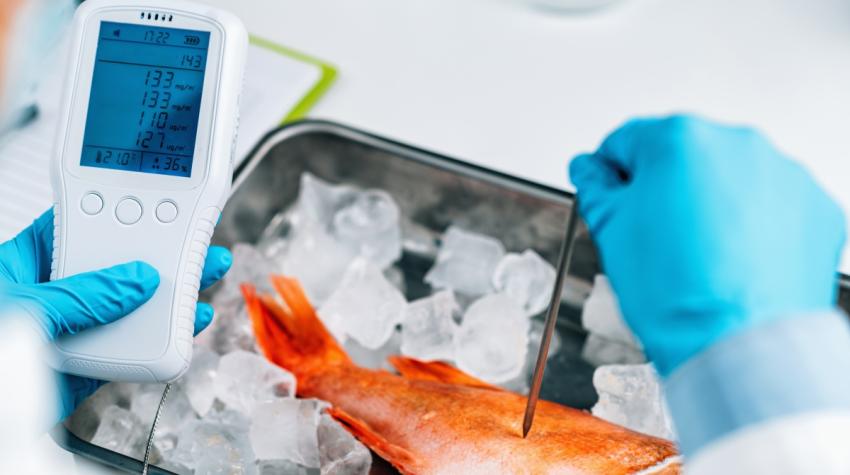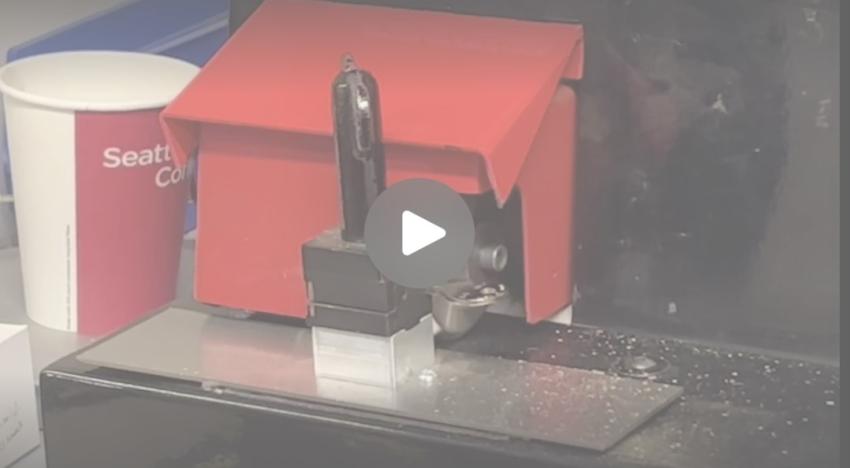Five years have passed since the Minamata Convention on Mercury entered into force on 16 August 2017. With 137 parties, the treaty builds on a long history of scientific efforts to understand and manage the risk of toxic mercury.
The Convention is named after Japan’s Minamata Bay, which was devastated by mercury in the mid-twentieth century.
In 1990, researchers organized the first meeting of the International Conference on Mercury as a Global Pollutant (ICMGP). The Conference’s many synthesis papers have provided scientific input to policy making.
The Conference of the Parties (COP) to the Minamata Convention, at its fourth meeting, started a process to evaluate its effectiveness based on scientific knowledge and information, and an Open-Ended Scientific Group of worldwide experts was established.
“This is just one step in the long journey for sound science to inform global policy implementation and evaluation,” said Terry Keating, Co-Chair of the scientific group.
Sound research is key to implementing the convention.
“The addition of mercury-added products to be phased out, agreed at COP-4, was based on the scientific, technical and economic information compiled by an expert group”, said Claudia Dumitru, COP-5 President.
The research is part of a broader effort to link science and policy making at the international level. The Fifth Session of the United Nations Environment Assembly (UNEA-5) agreed to work towards a science policy panel, which Monika Stankiewicz, Executive Secretary of the Convention, expects to focus on the socio-economic considerations around mercury pollution, and include indigenous peoples and local knowledge in its deliberations.
The Global Environment Facility, whose eighth replenishment will provide $265 million to mercury projects between 2022 and 2026, also has a science-policy interface mechanism, the Scientific and Technical Advisory Panel.
Meanwhile, experts preparing for the inter-sessional work towards COP-5 and an expert group on mercury waste are also contributing to the growing body of science on mercury pollution. A new series of the Minamata Online knowledge workshops will further clarify the convention's provisions, as well as its policy and scientific protocols.



